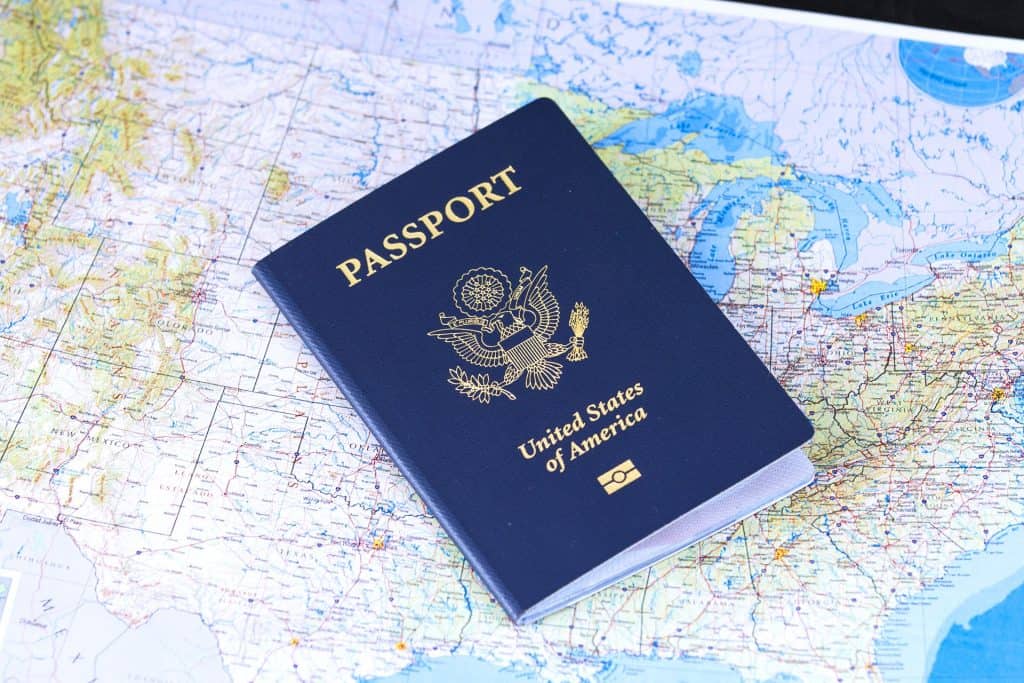
Part of the mandatory social studies curriculum in third grade is to teach the students about immigration and Ellis Island. With this knowledge in hand, Whitman Elementary School’s Julie Palmisano and Diane Stevens could have taught their class about immigration the old-fashioned way with a PowerPoint presentation and a quiz. Instead they taught the lesson in a unique fashion.
“We were trying to think of something creative and exciting to make the kids excited and involved,” Stevens described. “Do it in a very creative and different way.”
One day when her students walked in, without warning Palmisano said, “This is going to be scary, but we promise you’re not in any danger and if you go with it you’re going to enjoy it. This is going to be the coolest lesson we ever taught you.”
She then gave her class a list of 12 things the students had to rank from most important to least important. Some of the items were textbooks, pictures of family, toys and games, a passport and religious items. Palmisano painted a scene for her students, saying there was a war outside they had to leave their country by plane. Once they finished putting the items in order, she narrowed it down again, saying the plane wouldn’t work they had to travel by boat and could only bring three things – and the boat was leaving in two minutes.
Palmisano noted the panic in her students eyes, but they worked diligently and lined up within the two minutes. Only the students with passports could advance to the next stage of the project, cutting the 21-person class in half.
The students who had a passport were then moved into the hallways with Palmisano who gave them an application to the country, printed in Pig Latin to add emphasis on the struggle of immigration. Those who couldn’t travel to the new country hung out in the classroom with Stevens.
This lesson served as a jumping off point for the second day of the immigration project, the Ellis Island experience. This time, two students played lawyers who would help the other students perfect their application to gain access to the United States. Each student would pick a country and read a fact about themselves like “I’m a grandfather,” or “I have a sibling in the United States,” and one fact would get them through border control, which was run by Palmisano and Stevens.
“That let them experience the joys of immigration rather than just panic the whole time,” Palmisano said. “At the end, they were congratulated as citizens of the United States.”
While the process of this project was hard on the students, it was the culture of the classroom that really allowed for the teachers to challenge the students.
“You have to know the dynamic of your classroom,” Stevens said.
“We’re a giant family in the sense we love each other to death, we get on each other’s nerves like any family would,” Palmisano added. “We appreciate all the different aspects of our family in here. There’s so many different kids, special needs and general education, all different cultures, different ages, they know every person is different and they bring something different to the table.”
The final step in the Ellis Island experience was for each student to complete a family tree. The students traced their family trees as far back as they could to see when their ancestors immigrated to the United States.
“You can read about it, you can look at different stories, but you’ll never truly understand and empathize unless you walk in their shoes,” Palmisano said. “This gave them the full opportunity to grasp how difficult it was.”
“I liked seeing the kids grow and understand the immigration process,” Stevens said. “When they hear the word ‘immigration,’ because immigration is part of our everyday news, they’ll look at it in a positive way, not a negative way. That’s what we wanted to get across to them. They will take this experience of history with them as they continue to grow in the educational world.”









